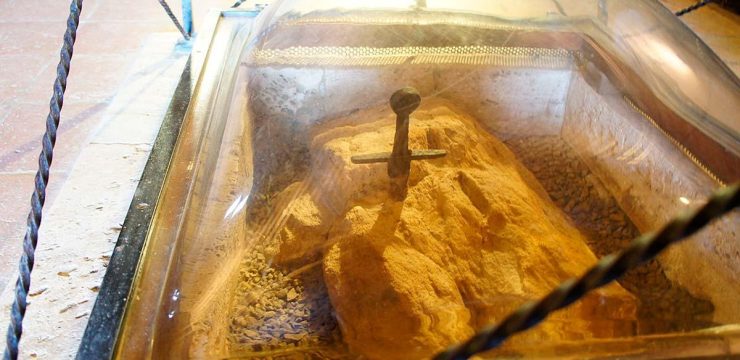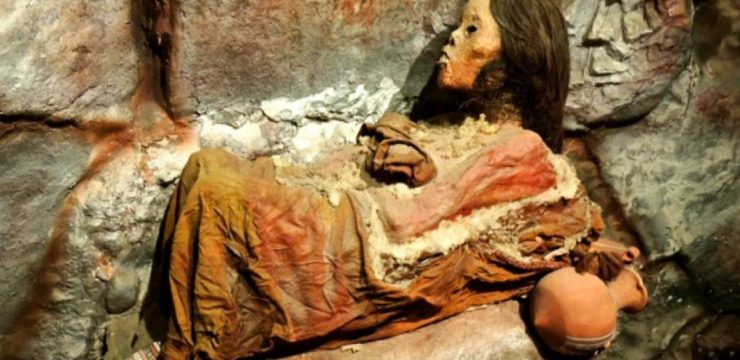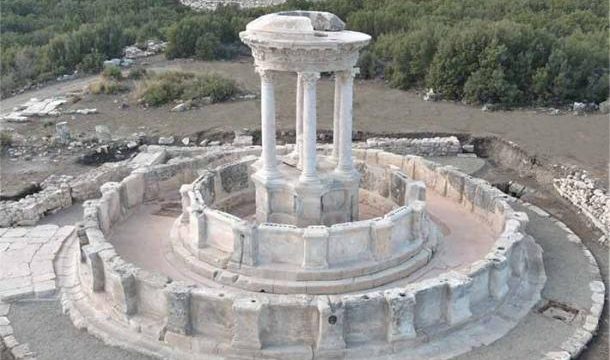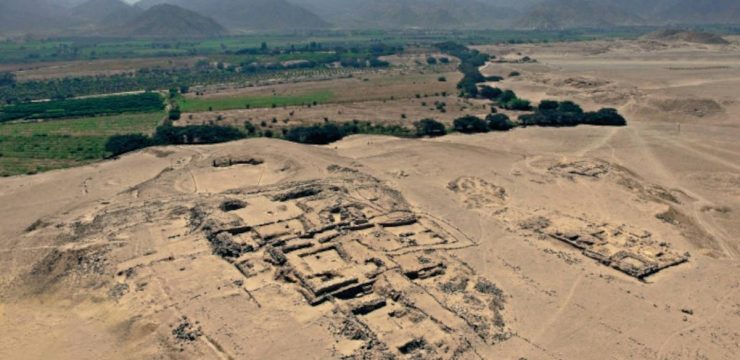In the heart of Egypt’s timeless desert, the Great Pyramid of Giza stands as a monumental symbol of ancient brilliance, continuing to fascinate historians, archaeologists, and scientists around the world. Despite being one of the most studied structures on Earth, this iconic marvel still holds mysteries that defy explanation. Recent breakthroughs in technology have allowed researchers to peel back the layers of time, revealing hidden aspects of its construction and purpose that challenge long-held assumptions and spark new questions about ancient Egyptian civilization.
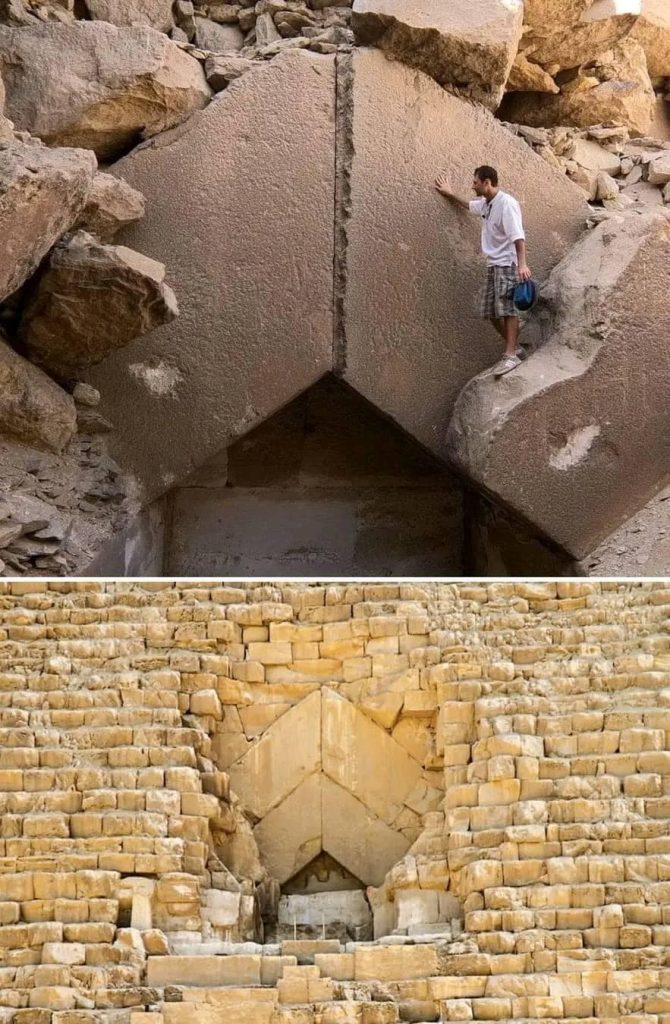
One of the most groundbreaking developments comes from the ScanPyramids project—a collaborative international research initiative that brings together some of the brightest minds from various universities, along with Egyptian antiquities experts. By employing advanced technologies such as infrared thermography, muon radiography, and three-dimensional reconstruction, the team has managed to uncover what appears to be a previously unknown chamber concealed deep within the pyramid’s core. This discovery has created a ripple of excitement across the archaeological community, offering the potential to reshape our understanding of one of humanity’s oldest architectural feats.
This mysterious void, situated above the Grand Gallery, is not just another hollow space hidden in ancient stone. Scientists speculate that it could be of enormous historical significance. There’s growing hope that this chamber may have been designed as the final resting place of Pharaoh Khufu himself—the very ruler for whom the pyramid was built. If this theory proves true, it would be one of the most significant archaeological finds of the century. The hidden room could contain priceless artifacts, sacred texts, or mummified remains that have eluded discovery for millennia, shedding light on burial practices, spiritual beliefs, and political structures of the Old Kingdom period.
Even more fascinating are the pyramid’s so-called “ventilation shafts.” For decades, these narrow, angled passages were believed to serve purely functional purposes, designed to provide airflow within the massive stone structure. However, new evidence tells a different story. Many of these shafts do not actually reach the outside of the pyramid; instead, they abruptly end within the structure’s walls. This has led researchers to suggest that these features were likely symbolic in nature—perhaps serving religious, ceremonial, or astronomical functions. Rather than simple architectural necessities, they may have been integral components of ancient rituals intended to guide the pharaoh’s soul to the afterlife or align his resting place with the stars.
This shift in interpretation reveals the deep spiritual meaning embedded in the pyramid’s architecture. Ancient Egyptians were known for blending practical engineering with elaborate religious symbolism, and the Great Pyramid appears to embody this philosophy on a grand scale. Every passage, angle, and chamber may have been meticulously designed not just to stand the test of time but also to serve a divine purpose. It’s a powerful reminder that the pyramid was not merely a tomb—it was a sacred monument, a bridge between the earthly and the celestial, crafted to secure the eternal legacy of a god-king.
Perhaps even more provocative is a theory gaining momentum among some researchers: the possibility that the Great Pyramid was constructed atop a much older, pre-existing structure. Subtle misalignments in the royal chambers suggest that the current pyramid may have been built in stages, or that its core may have been repurposed from an earlier monument. This notion, if validated, would push back the timeline of advanced construction in ancient Egypt and open the door to reexamining the origins of pyramid-building altogether.
This idea doesn’t just challenge our chronological assumptions—it points to the resourcefulness and adaptability of ancient architects. Rather than building entirely from scratch, they may have modified and expanded upon earlier sacred sites, preserving tradition while elevating architectural design to unprecedented levels. Such adaptability speaks volumes about their technical knowledge, cultural continuity, and respect for ancestral legacies.
The implications of these findings are enormous. They paint a vivid picture of a civilization that was not only artistically and spiritually sophisticated but also possessed an extraordinary command of engineering and construction techniques. The layout of the pyramid demonstrates a precision and complexity that modern engineers continue to marvel at, even with today’s tools and computing power. How these ancient builders transported massive limestone blocks, aligned the structure with such astronomical accuracy, and incorporated complex internal features remains a source of awe and debate.
What’s truly inspiring is that the journey to understand the Great Pyramid is far from over. Every new discovery serves as another piece of an immense and intricate puzzle, urging us to keep asking questions and seeking answers. The Great Pyramid continues to evolve in our collective consciousness—from being merely a relic of the past to a living monument that still holds secrets capable of changing how we view ancient history.
As technology continues to advance, future explorations promise to delve even deeper into the pyramid’s mysteries. Tools like AI-powered analysis, high-resolution imaging, and advanced scanning techniques may soon reveal hidden texts, overlooked symbols, or previously undetected chambers. Each new breakthrough not only brings us closer to understanding the structure itself but also deepens our appreciation for the minds that conceived and built it thousands of years ago.
In the end, the Great Pyramid of Giza stands as a symbol of human achievement—a testament to the creativity, ambition, and spiritual depth of an ancient culture whose influence still resonates today. It is a reminder that history is not static. It breathes, evolves, and grows as we uncover new truths. With each layer peeled back, we gain not just knowledge of a monument, but insight into the very soul of a civilization that shaped the foundation of human history. The story of the Great Pyramid is still being written, and with every passing year, we are privileged to read another chapter.

